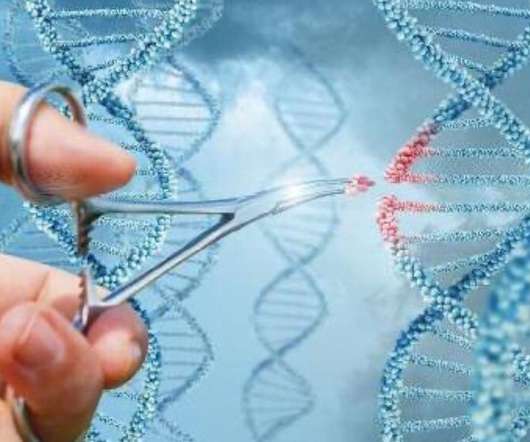Moving the needle of CAR-T beyond oncology
Drug Discovery World
FEBRUARY 27, 2024
Orchestrating the naturally occurring conductors of gene expression can shift the functional state of cells and alter gene expression. The epigenome is a system of reversible marks that regulate how the DNA is read, translated, and used. T-cells use epigenetic programs to regulate their maturation.













Let's personalize your content